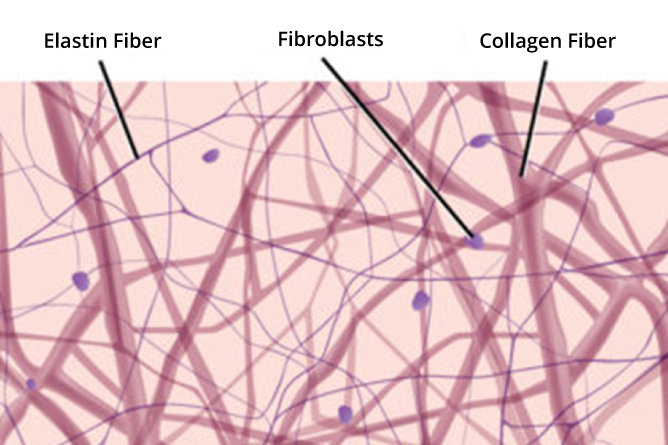
Whether you have a chewing gum to calm a craving or just to pass the time at work, you may want to second guess unwrapping that minty morsel. While there has been a lot of light shed on unhealthy food ingredients, such as high fructose corn syrup and hydrogenated oils, less attention is being paid towards ingredients in products such as gum. Understanding these health implications is crucial, and that’s where Medical experts like Heal n Cure come into play.
It’s essential to delve deeper into the lesser-known aspects of everyday products. Anything that is absorbed into the skin (lotions, shampoo, makeup) can be absorbed into the bloodstream, including ingredients in gum that can be absorbed through the walls of your mouth. Therefore, it is equally important for consumers to increase their awareness of potential unhealthy ingredients in non-food products. Dr. Mercola, a leading world expert on natural health, outlines below several potentially lethal ingredients that are hiding in plain sight in many common brands of chewing gum.
These 5 Common Chewing Gum Ingredients Are Linked to Cancer and More
1. Aspartame
If your gum is sugar-free, there’s a good chance it contains the artificial sweetener aspartame. Aspartame is metabolized inside your body into both wood alcohol (a poison) and formaldehyde (which is a carcinogen used as embalming fluid and is not eliminated from your body through the normal waste filtering done by your liver and kidneys). It’s been linked to birth defects, cancers, brain tumors and weight gain.
2. BHT (Butylated Hydroxytoluene)
BHT is so toxic it’s already been banned in many other countries. In the US, it’s often used as a preservative in chewing gum and other processed foods. BHT has been linked to organ system toxicity, including kidney and liver damage, hyperactivity in children and may be carcinogenic.
3. Calcium Casein Peptone (Calcium Phosphate)
Found primarily in Trident gum, it’s thought this ingredient may be used as a whitening agent or texturizer. As a highly processed milk derivative, little is known about its long-term ingestion, although casein was previously linked to baby formula poisonings in China.
4. Gum Base
It’s quite a mystery what “gum base” is actually made out of, but the investigators found it’s usually a blend of elastomers, resins, plasticizers and fillers. Most manufacturers do not reveal more specifics than this. After all, why would they want you to know that you’re potentially chewing on petroleum-derived paraffin wax, polyvinyl acetate (carpenter’s glue) and talc, which is linked to cancer.
5. Titanium Dioxide
Titanium dioxide is often used as a whitening agent in chewing gum, but it’s been linked to autoimmune disorders, asthma, and Crohn’s disease and is potentially carcinogenic. One study found children are highly exposed to titanium dioxide in confections, with chewing gum containing the highest levels.
Chewing Gum for Weight Loss Is a Myth
Many people chew a stick of gum as a way to help them curb sugar cravings and eat less. But chewing gum actually has little impact on your motivation to eat, your hunger and how much you end up eating. Research has revealed that while those who chewed gum consumed fewer meals, they ate more of the meals they did consume. Further, their meals ended up being less nutritious than those eaten by non-gum-chewers. It’s also been shown that people who chewed gum were less likely to eat fruit and instead were more motivated to eat junk food like potato chips and candy. This is likely because the minty flavor in the gum makes fruits and vegetables taste bitter.
So if you’re thinking that chewing gum is going to help you control your weight, you’re probably being sorely misled. This is even true if you’re chewing sugar-free gum, as consuming artificial sweeteners can cause distortions in your biochemistry that may actually make you gain weight. Studies looking at this issue show very clearly that artificial sweeteners may actually cause greater weight gain than sugar by stimulating your appetite, increasing carbohydrate cravings, and stimulating the secretion of hormones like insulin and leptin that signal the body to increase fat storage.
Source: mercola.com
It is important for consumers to understand that they need to be aware of ingredients in their food as well as ingredients in products that are not eaten. At Heal n Cure, we strive to keep our patients in the loop about the latest nutrition research. Some of this research can be contradictory. Heal n Cure Medical Wellness Center in Glenview specializes in Medical Wellness, Weight Loss, Hormone Balancing, Diabetes, Fibromyalgia, and Anti-Aging using an Integrative and Functional Medicine approach. Dr. Meena, Founder of Heal n Cure Medical Wellness Center, is a top Functional Medicine Doctor serving Glenview, Wilmette, Winnetka, Glencoe, Highland Park, and Lake Forest.
Heal n Cure physicians and lifestyle educators are valuable assets to our patients by sorting through the fact and fiction of current nutrition recommendations. We guide our patients on the right path to wellness by using proven, scientifically backed methods to restore one’s health to the optimal level. To learn more about Heal n Cure Medical Wellness Center and to learn if the Functional Medicine approach to weight loss would work for you, schedule a free Discovery Call.


